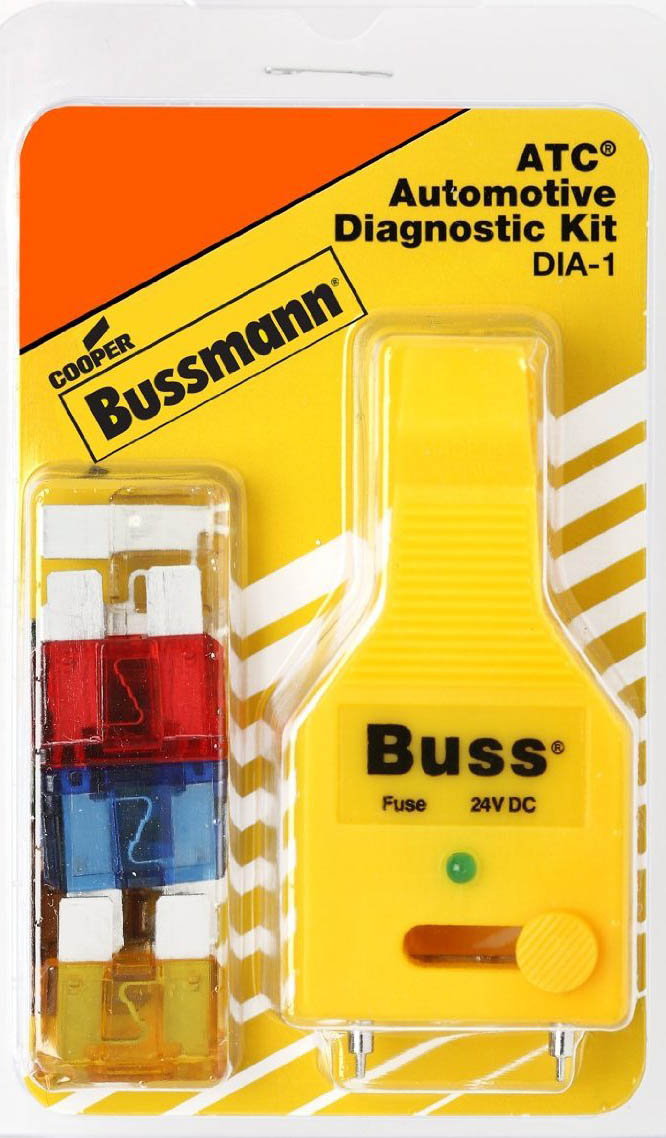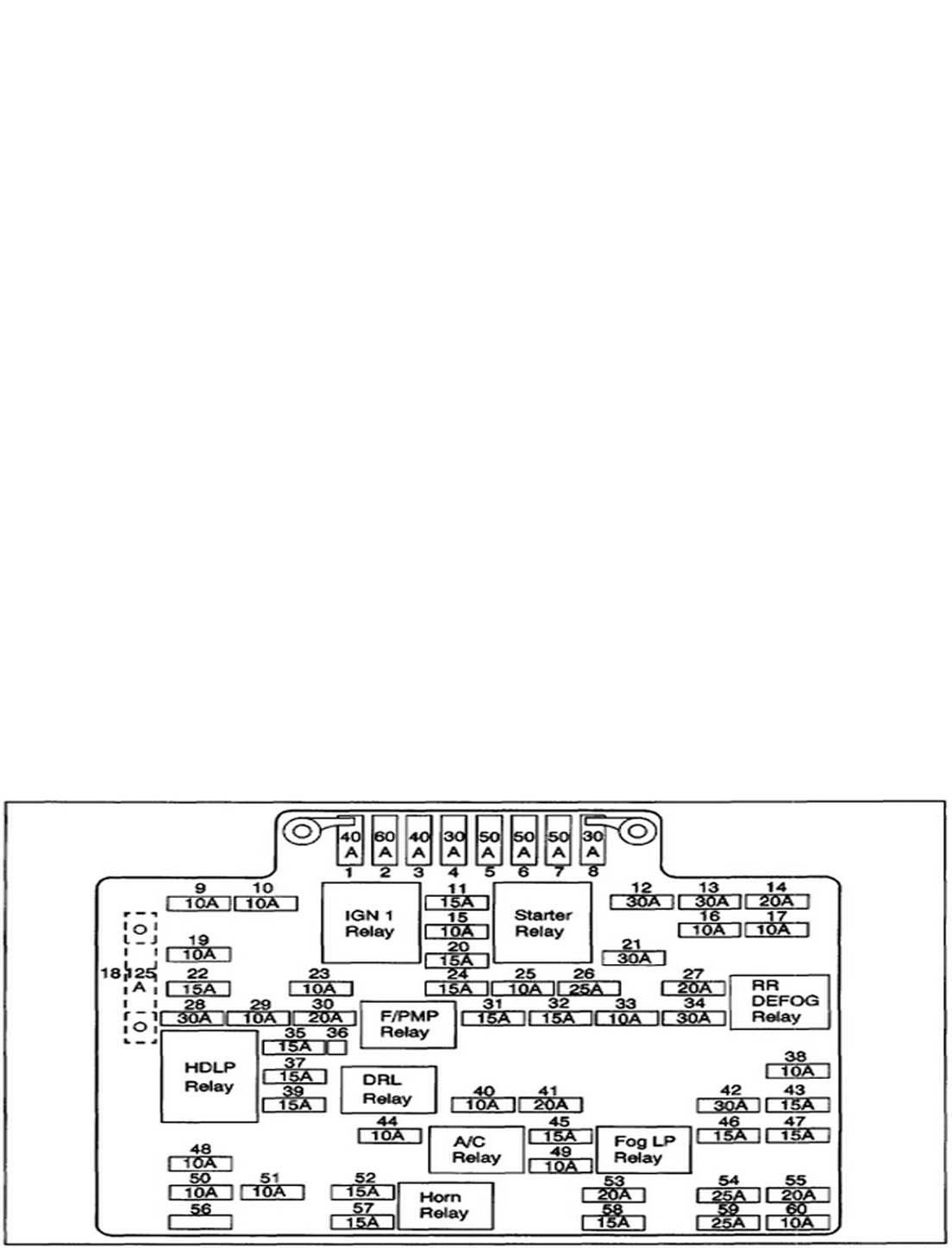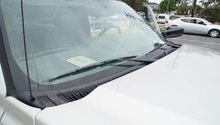Chevrolet Silverado 1999-2006: Fuse Box Diagram
Knowing your way around your truck's fuse box(es) can mean the difference between resolving a minor electrical issue yourself, or paying a professional a hefty sum to do it. Here's what you need to know about your Chevy Silverado.
This article applies to the Chevrolet Silverado GMT800 (1999-2006).
If the engine is your ride's heart, the A/C is its breath, and the wheels are its hands and feet, then fuses are very much like your truck's brain. The fuse box(es) in your Chevy Silverado contains dozens of fuses, with each controlling one or more components of your truck's overall electrical system. If one or more electrical components begins to draw too much power, then the fuse breaks. When this happens, the electrical current that flows through the fuse is interrupted, which protects the affected electrical component and helps prevent it from overheating and/or breaking.
Types of Fuses
There is no one standard fuse, no matter what you drive. What you'll find when you open your fuse box(es) is an assortment of fuses, and while you'll find fuses of different colors and sizes, most will be blade fuses. Generally, the bigger the fuse, the higher its amperage (A)—the flow of current supplying a component with its required amount of power. As the color of a fuse can also help you identify its amperage, the number is usually labeled on the fuse itself.

Figure 1. Types of fuses with their amperage ratings. 
Figure 2. Fuse colors with corresponding amperage ratings.
Where to Find Your Fuse Box(es)
Most trucks have at least two fuse boxes: one in the engine bay and one on the side of the instrument panel.
You can find the underhood fuse box in the driver's side of the engine bay next to the power steering fluid reservoir. Remove the fuse box cover by lifting up the left side as you push the tabs out of their slots. Depending on the year Silverado you have and if the fuse box has never been opened, you may need to pry up the cover with a flat head screwdriver. The underside of the fuse box cover typically has a fuse location diagram.
You can find the instrument panel fuse box under the dashboard of the driver's side. The lid can easily be removed by pulling it down. Most interior fuse boxes come complete with a plastic fuse puller. If yours is missing, you can use tweezers or needle nose pliers to remove the fuses. The underside of the fuse box cover also has a fuse location diagram.

Figure 3. Engine bay fuse box. 
Figure 4. Instrument panel fuse box.
How to Identify a Blown Fuse
You usually can identify a blown fuse by simply looking at it. If the thin metal strip inside the fuse is intact, then it's most likely still working. If the thin metal strip has separated, then the fuse has blown. Another way to accurately identify a blown fuse is to use a fuse tester, which costs between $5 to $10 and usually comes with replacement fuses as well. A fuse tester will fit in your glove box, and some types also have an attached fuse puller. This can come in handy if the plastic fuse puller is missing and you don't have needle nose pliers.

Figure 5. Fuses that are okay to use (metal strips are intact). 
Figure 6. Blown fuses (metal strips separated). 
Figure 7. Typical fuse tester.
Chevrolet Silverado Fuse Box Diagram
Be sure to consult your owner's manual or the diagrams on the underside of the fuse box lids for exact fuse locations. The Figures below are a few common fuse box diagrams, and what each fuse controls:

Figure 8. Underhood Silverado fuse box diagram. 
Figure 9. Fuse Block of underhood fuse box. 
Figure 10. Junction Block of underhood fuse box. 
Figure 11. Instrument panel fuse box diagram and application.
Common Question
How Did I Blow a Fuse?
Fuses are a built-in safety feature that will interrupt a circuit's power supply to protect an electrical component when it begins to draw too much power. If the component draws too much power, it can heat up. The hotter a component, the more likely it is to burn out. In some cases, an overheating component can also cause an electrical fire.
Related Discussion and Site
- 2002 Chevy Silverado Fuses - ChevroletForum.com
- Interior Fuse Box Location - 1999-2007 Chevrolet Silverado 1500 - CarCareKiosk.com






